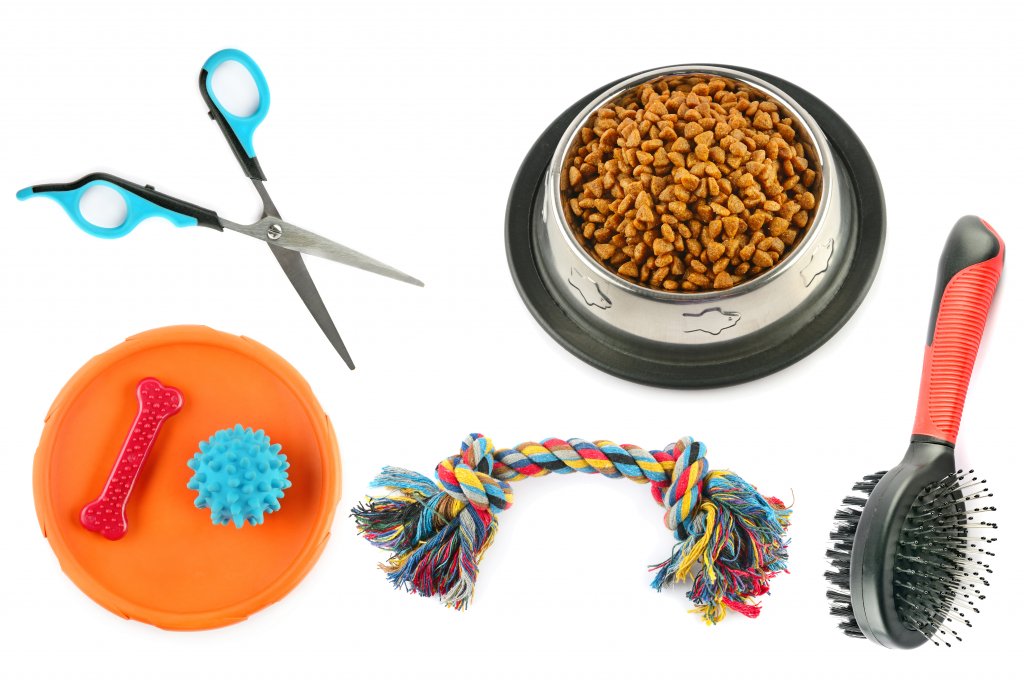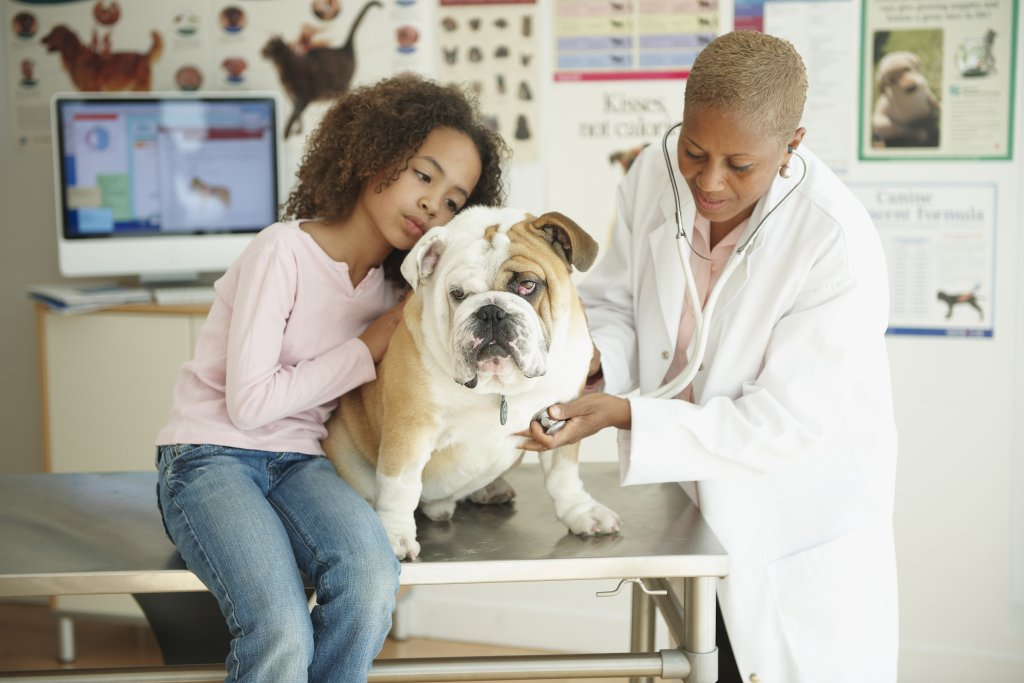
What’s more idyllic than a surprise puppy under a Christmas tree? Idyllic yes, but those who have owned dogs know that it’s also the moment that chaos and expenses begin. Those cuddly balls of fur require lots of exercise, patience, veterinary care, and yes, money.
We’re not trying to be a doggie downer here. A dog can be your best friend. And depending on your dog, it can truly become a member of the family — a playmate for kids, a comforting couch-potato companion, and a watchful guard for your home.
Before you purchase or adopt a dog, it’s good to get a clear picture of the expenses involved. Pet ownership is a commitment that, hopefully, will last for many years. And as most pet owners will tell you, it is priceless.
If you have a family, investigate popular dogs for kids — breeds that are patient with little ones. Good family dogs love to play but are also trainable and learn when it’s time to settle down and be obedient.
Large dogs such as Labrador Retrievers, Golden Retrievers, and Irish Settersan really fill up a room, and wagging tails can knock things off a coffee table. These breeds also require room to run and play, so there may be an investment in a fence or an invisible fence in your future. Medium-size dogs, like French Bulldogs, beagles, and Cocker Spaniels might be more manageable. And if you live in a small space, toy breeds can be a good choice.
If you’re away at work all day, you may need a crate to secure the dog and hire a dog walker or pet sitter to take care of the dog while you’re gone. A bored dog can get into mischief destroying furniture, shoes, and other valuables. You will soon learn that chew toys are a necessary investment.
Many apartments only allow dogs up to a certain size and weight, and some don’t allow breeds such as Chow Chows American Staffordshires (Pit Bulls). Remember, puppies grow. You don’t want to get a dog that will outgrow its size limit.
There are many upfront and initial expenses of dog ownership. Luckily, many of these should be a one-time or limited-time expense. The Canine Journal lists many of the expenses of dog ownership here and breaks them down by state.
If you want the dog to spend time outside without a leash, you’ll also need:
The costs of all these things can be anywhere from $250 to $2,000.

According to thesprucepets.com, the monthly cost of owning a dog is somewhere between $125 and $824. The annual cost is between $1500 and $9900. Naturally, this broad range has less to do with the dog and more to do with the habits of the owners and their location.
The American Kennel Club also advises that you also take into consideration the size of the dog. Small breeds have a life expectancy of 15 years, medium breeds 12 years and large breeds 10 years. So, the lifetime cost of dog ownership may increase as size decreases.
Aside from all the expenses listed above, you need to think about a few more needs or wants. If you’ve ever strolled through a PetSmart store or scrolled through Chewy.com, you know the opportunities to splurge on your pet are endless.
Raising a puppy — instead of getting an older dog that may already be housetrained — is sure to come with some mishaps and damage. We’ve heard that the general rule for living through the “chewing” phase for breeds like Labrador Retrievers is about two years. Somewhere along the line you will lose a pair of shoes (boots are extra tasty), socks, maybe a pillow, and some kid’s toys mistaken for chew toys.
Be prepared to clean up lots of accidents on the floor and carpets. You may want to invest in some slippers with outdoor soles for early morning and late-night walks. Note: Do not keep slippers where the dog can get its teeth on them.
With all that chewing, let’s hope your dog doesn’t ingest anything it shouldn’t. Swallowing something they shouldn’t may lead to serious vet costs. Remember to keep trash cans out of range. “Garbage Can Gastritis” is a common ailment with pups but may require a visit to the vet.
Emergencies of illness and injury can be a major financial stress on pet owners. It’s important to plan ahead with some savings in case of such a crisis or invest in pet insurance. When this isn’t possible, a fixed-rate personal loan may relieve the stress while you care for the pet and eliminate the rising cost of interest associated with credit cards.
The information and materials provided on this website are intended for informational purposes only and should not be treated as an offer or solicitation of credit or any other product or service of Regional Finance or any other company. This website may contain links to websites controlled or offered by third parties. We have not reviewed all of the third-party sites linked to this website and are not responsible for the content, products, privacy policy, security, or practices of any linked third-party website. The inclusion of any third-party link does not imply any endorsement by Regional Finance of the linked third party, its website, or its product or services. The use of any third-party website is at your own risk.
References used on December 10, 2021
How Much Will You Spend on Your Dog in His Lifetime?
The Cost of Owning a Dog in 2020
The True Cost Of Owning A Dog: Can You Really Afford That Furry Friend?
You can prequalify for your personal loan online in just minutes by clicking prequalify now. Or, if you prefer, call or stop by your local branch to get the process started. Our loan specialists can answer any questions you may have such as what a personal loan is, understanding personal loan interest rates, and how to qualify for a personal loan. We’ll help you fill out an application for the type of loan that fits your needs.